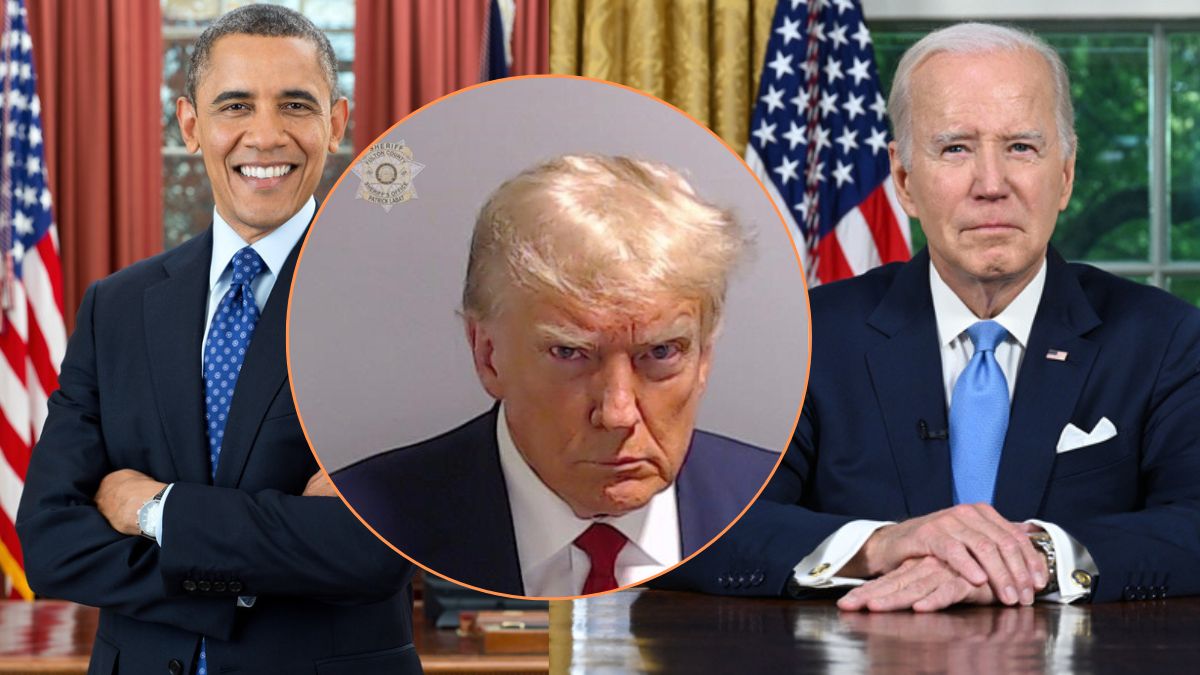The Supreme Court, the highest judicial body in the United States, is currently comprised of nine justices who have been appointed by various U.S. presidents over the years.
These appointments, which are lifetime positions, have a profound impact on the interpretation and application of the law in our country. Justices are nominated by a sitting president and then confirmed by the Senate. This process has become increasingly polarized in recent years, with nominations often breaking down along partisan lines. As a result, the court’s composition can be seen as a reflection of the political leanings of the presidents who made the appointments, as well as the balance of power in the Senate at the time of confirmation. Looking at the current court, we can see that it is dominated by justices appointed by Republican presidents.
1. Justice Clarence Thomas — Appointed by George H.W. Bush in 1991
President George H.W. Bush nominated Clarence Thomas to the U.S. Supreme Court, filling the vacancy created by the retirement of Justice Thurgood Marshall. This appointment was significant not only because Thomas would be succeeding the Court’s first African American justice, but also because it represented a shift towards a more conservative interpretation of the Constitution.
2. Chief Justice John G. Roberts, Jr. — Appointed by George W. Bush in 2005
President Bush initially nominated Roberts to serve as an associate justice of the Supreme Court to fill the vacancy that would be left by the retirement of Justice Sandra Day O’Connor. However, with the passing of Chief Justice Rehnquist in September 2005, President Bush withdrew Roberts’ nomination as associate justice and instead nominated him to the role of chief justice.
3. Justice Samuel A. Alito, Jr. — Appointed by George W. Bush in 2006
The choice of Samuel Alito followed the withdrawal of Harriet Miers, Bush’s initial nominee, who faced strong opposition from both conservatives and liberals. Alito’s confirmation process was marked by significant scrutiny of his extensive judicial record, particularly his opinions related to abortion, affirmative action, and states’ rights. Despite the intense scrutiny and opposition from many Democrats, Alito was confirmed by the Senate with a vote of 58-42, one of the narrower margins in recent history for a Supreme Court nominee.
4. Justice Sonia Sotomayor – Appointed by Barack Obama in 2009
Sonia Sotomayor brought to the Supreme Court a rich background in law and a history of breaking barriers. Prior to her nomination, she served as a judge on the United States Court of Appeals for the Second Circuit. Her confirmation was seen as a victory for those advocating for more representation of women and minorities in high-ranking positions and was celebrated as a step forward in the inclusivity of the American judicial system.
5. Justice Elena Kagan – Appointed by Barack Obama in 2010
Before her nomination to the Supreme Court, Elena Kagan had a distinguished career in both academia and public service. She served as the Dean of Harvard Law School and later as the Solicitor General of the United States, a position that brought her directly into legal advocacy before the Supreme Court. Notably, Kagan was the first woman to hold the position of Solicitor General.
6. Justice Neil M. Gorsuch — Appointed by Donald Trump in 2017
The seat filled by Gorsuch had been vacant for over a year due to the Senate’s refusal to consider President Barack Obama’s nominee, Merrick Garland, in 2016. This unprecedented delay set the stage for President Trump to make a pivotal appointment early in his term. This appointment was highly significant as it maintained the Court’s conservative balance.
7. Justice Brett M. Kavanaugh — Appointed by Donald Trump in 2018
Kavanaugh’s confirmation process was one of the most contentious in the history of the Supreme Court. It was marked by fierce partisan debates and was dramatically affected by allegations of sexual misconduct, which Kavanaugh vehemently denied. The hearings included emotional testimonies from Dr. Christine Blasey Ford, who accused him of assaulting her when they were teenagers. Ultimately, the Senate confirmed Kavanaugh after a prolonged and divisive process, with a narrow vote of 50-48.
8. Justice Amy Coney Barrett — Appointed by Donald Trump in 2020
Donald Trump appointed Amy Coney Barrett to the U.S. Supreme Court following the death of Justice Ruth Bader Ginsburg. Barrett’s nomination by President Trump came just weeks before the 2020 presidential election, leading to political debates over the appropriateness — and hypocrisy — of confirming a Supreme Court justice so close to an election after denying Obama’s nomination in 2016.
9. Justice Ketanji Brown Jackson — Appointed by Joe Biden in 2022
Ketanji Brown Jackson became the first African American woman to serve on the Supreme Court. Her appointment filled the vacancy left by Justice Stephen Breyer, who retired. Before her nomination to the Supreme Court, Ketanji Brown Jackson served on the United States Court of Appeals for the District of Columbia Circuit.
With six conservative justices and three liberals, the court has taken a right-wing turn in recent years, handing down decisions that have been criticized by progressives as overly friendly to corporate interests and hostile to women’s rights, labor unions, and environmental regulations.

